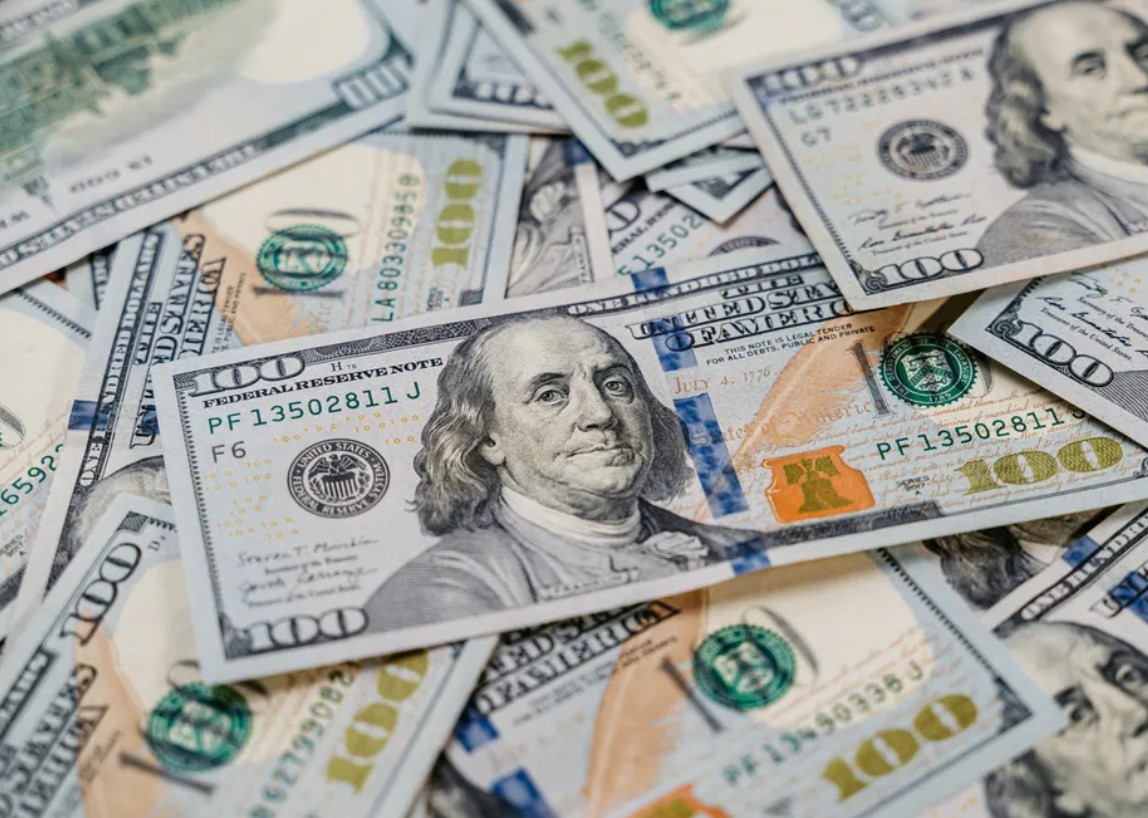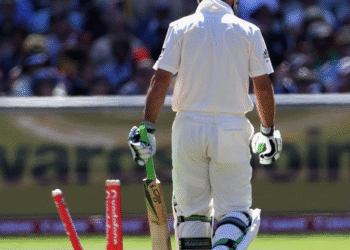The US dollar just wrapped up its worst half-year stretch in over five decades — and the world is watching. From January to June 2025, the dollar index tumbled more than 12%, wiping out confidence and sending tremors across currency, bond, and commodity markets.
This isn’t just another chart dip. With the dollar index dropping from 110 to 96.72, its sharpest six-month fall since 1973, there’s something deeper brewing — and it’s got investors, businesses, and policymakers concerned.
The Dollar’s Decline Isn’t Just a Chart Story
What’s happening with the greenback isn’t some minor correction or market noise. This is different. This is structural.
At the start of the year, DXY was flying high at around 110. That number has now collapsed to 96.72. For context, the last time the dollar took such a beating was when the Arab oil embargo crushed confidence in 1973.
The USD/EUR and USD/GBP pairs are both at 42-month lows. These aren’t just technical levels breaking. They’re signs of something more fundamental. A revaluation of the dollar’s dominance — or at least the beginning of it.
And it begs the question: Is the world losing faith in the dollar?

Why the World Cares — And Why It Should
It’s hard to overstate just how central the dollar is to, well, everything.
Nearly 60% of global central bank reserves? Held in dollars. Around 70% of all international bonds? Denominated in dollars. Some 54% of all global exports? Yup, again — settled in USD.
Even if your local economy has nothing to do with Wall Street, chances are your trade, your commodities, or your reserves are linked to the greenback. This is why the fall isn’t just a US concern.
The global system has long been held together with the dollar acting as a sort of financial duct tape. Now that tape looks like it’s peeling.
And people are noticing.
What’s Broken? Here’s What’s Driving the Slide
Plenty of things are going wrong at once — and the currency markets hate that kind of cocktail.
One, there’s growth. The International Monetary Fund (IMF) recently slashed US GDP forecasts from 2.4% to 1.6%. That’s not nothing. Q1 GDP already clocked in at -0.5%. Recession whispers? Not so faint anymore.
Two, inflation’s still sticky. Core inflation remains stubbornly above the Fed’s target, even if food and fuel prices look tame. That means the Fed can’t cut rates — but also can’t stop the slowdown.
Then there’s the politics. Trump wants rate cuts. Powell doesn’t. Their public disagreement has currency traders worried that policy cohesion is breaking down.
Also, the One Big Beautiful Bill Act (OBBBA) has poured oil on the fire. The proposal, which combines tax cuts with higher spending and fewer healthcare commitments, is drawing criticism for being fiscally reckless. With the debt-to-GDP ratio already at 124%, adding trillions more to the deficit isn’t sitting well with global markets.
Just take a look:
| Key Concern | Detail | Market Impact |
|---|---|---|
| GDP Growth | Q1 2025: -0.5% contraction | Recession risks, weaker dollar |
| Inflation | Core inflation above 3.5% | Limits Fed policy room |
| Policy Rift | Trump vs. Powell standoff | Undermines market confidence |
| OBBBA | Trillions in new spending | Budget deficit balloons |
To cap it off, there’s a quieter concern in the background: geopolitical fatigue. Some investors are starting to question if the US can continue playing the role of global anchor.
What This Means for India — It’s Not a Free Ride
At first glance, a weaker dollar might seem like good news for a country like India. But the devil is in the details.
The USDINR pair is still above ₹85.50/$. Sure, that’s a recovery from the earlier ₹87.50/$ lows — but it’s not exactly great news.
Here’s why it’s messy for India:
IT exports suffer: Indian software giants earn big bucks in USD. When the dollar weakens, their margins shrink.
Tech spending gets cut: A slowing US economy means clients are trimming IT budgets.
Other exporters (pharma, auto components, chemicals) face tougher pricing power.
And there’s more.
A weaker dollar tends to push up commodity prices — especially oil. Since oil is traded in dollars, a declining dollar means more rupees spent per barrel, especially if demand stays high.
That’s a double whammy for India: higher import bills and lower export earnings.
What’s Next? Eyes on the Fed, But the Clock Is Ticking
Powell is stuck between a rock and a hard place. If he cuts rates, he risks stoking inflation. If he doesn’t, the economy could slide further.
Meanwhile, Trump is pushing hard for stimulus. The market sees this tension — and doesn’t like it one bit.
Bond yields are behaving erratically. Equity markets are jittery. The dollar isn’t catching any breaks. And June’s close at 96.72 on DXY confirms this isn’t some blip — it’s becoming a trend.
One analyst joked that the dollar “needs a vacation and a therapist.”
They may not be wrong.
Is the Dollar’s Reign Ending? Not Quite — But It’s Shaking
Let’s not get ahead of ourselves. The dollar is still the most used currency in the world. Nothing is replacing it tomorrow.
But what’s changed is confidence. And confidence doesn’t have to disappear to create problems — it just needs to erode slowly.
Markets are watching how Washington handles the next few months. Will the Fed assert independence? Will fiscal discipline return? Will GDP pick up?
If not, then 2025 could end the same way the first half did — with more questions than answers.



















